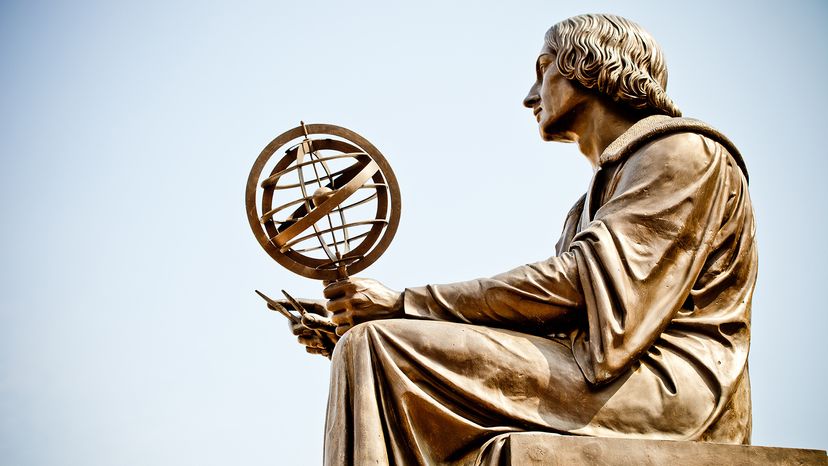History of the Scientific Method

The Dark Ages, circa 500 to 1100 C.E., were characterized by a general erosion of civilization. Knowledge from the ancient Romans survived in only a few monasteries and cathedral and palace schools, while knowledge from ancient Greece almost disappeared completely.
From right before the Dark Ages until about a century after, there were almost no important scientific advances. The Catholic Church became very powerful in Europe, and religious dogma governed much of what people thought and believed. Those whose beliefs or practices strayed from the church were "rehabilitated" and brought back into the fold. Resistance often led to persecution.
Advertisement
Then, in what is now known as the Renaissance of the 12th century, came a period of reawakening. As European scholars became exposed to knowledge and cultures cultivated in the Islamic world and other regions beyond their boundaries, they became reacquainted with the works of ancient scholars like Aristotle, Ptolemy and Euclid. This provided a common platform and vocabulary on which to build an extended scientific community that could share ideas and inspire creative problem-solving.
Some of the important thinkers to emerge during and after the Renaissance include:
- Albertus Magnus (1193-1250) and Thomas Aquinas (1225-1274), two students of scholasticism, a philosophical system emphasizing the use of reason in exploring questions of philosophy and theology. Magnus made a distinction between revealed truth (revelation of something unknown through a divine power) and experimental science and made many scientific observations in astronomy, chemistry, geography and physiology.
- Roger Bacon (c.1210-c.1293), an English Franciscan friar, philosopher, scientist and scholar who called for an end to blind acceptance of widely accepted writings. In particular, he targeted Aristotle's ideas, which, while valuable, were often accepted as fact even when evidence did not support them.
- Francis Bacon (1561-1626), a successful lawyer and influential philosopher who did much to reform scientific thinking. In his "Instauratio Magna," Bacon proposed a new approach to scientific inquiry, which he published in 1621 as the "Novum Organum Scientiarum." This new approach advocated inductive reasoning as the foundation of scientific thinking. Bacon also argued that only a clear system of scientific inquiry would assure man's mastery over the world.
Francis Bacon was the first to formalize the concept of a true scientific method, but he didn't do so in a vacuum. The work of Nicolaus Copernicus (1473-1543) and Galileo Galilei (1564-1642) influenced Bacon tremendously. Copernicus proposed from his observations that the planets of the solar system revolved around the sun, not Earth. Galileo was able to confirm this sun-centered structure when he used a telescope that he designed to collect data on, among other things, the moons of Jupiter and the phases of Venus. Galileo's biggest contribution, however, may have been his systematic study of motion, which was based on simple mathematical descriptions.
By the time of Galileo's death, the stage had been set for a true revolution in scientific thinking. Isaac Newton (1642-1727) did much to drive this revolution forward. Newton's work in mathematics resulted in integral and differential calculus. His work in astronomy helped to define the laws of motion and universal gravitation. And his studies in optics led to the first reflecting telescope. A common theme running through all of Newton's work was an uncanny ability to develop a few relatively simple concepts and equations that held enormous predictive power. His unified systems of laws have withstood centuries of testing and scrutiny and continue to enable scientists to explore ongoing mysteries in physics and astronomy.
It's safe to say that the span of Newton's career marks the beginning of modern science. As the 19th century dawned, science was established as an independent and respected field of study, and the scientific method — based on observation and testing — was being embraced all over the world. A classic example of how science had evolved into a collaborative endeavor leading to incremental knowledge can be found in the development of what we know today as the cell theory.